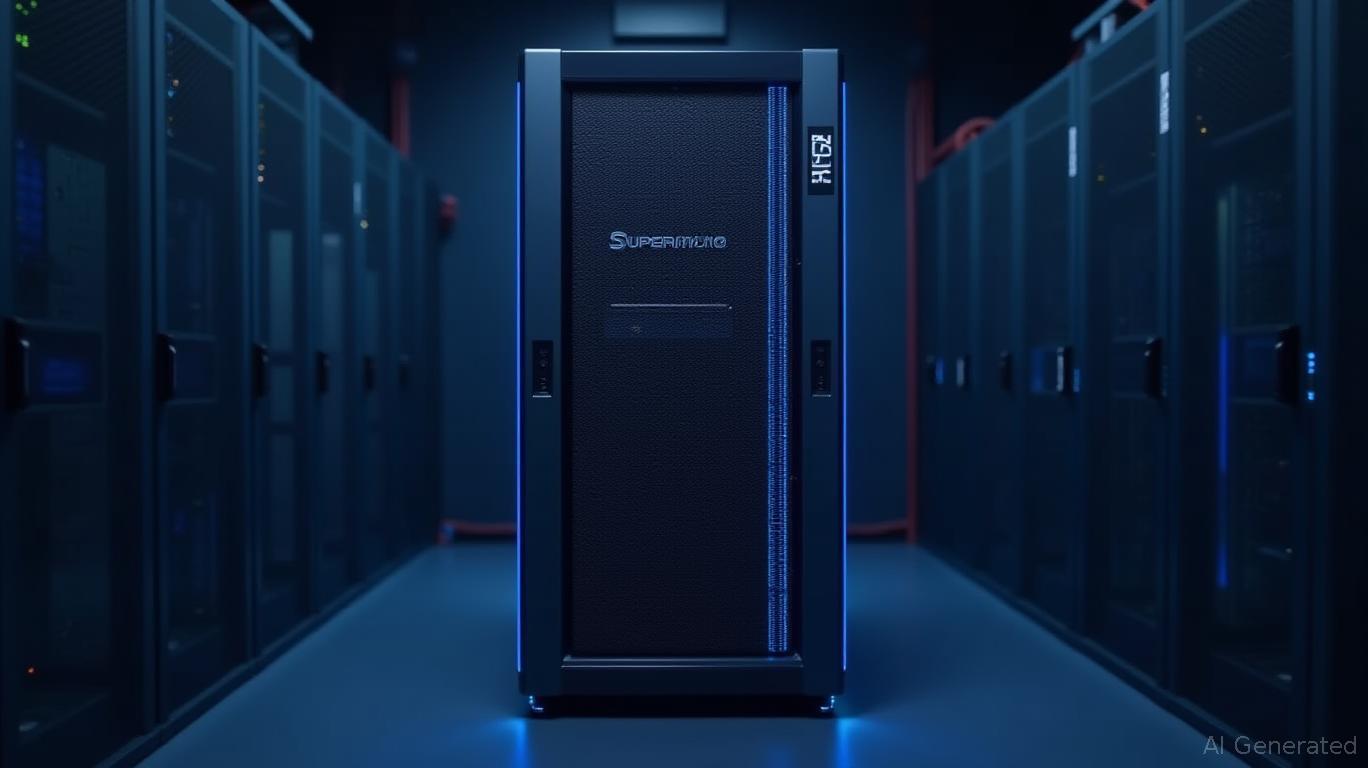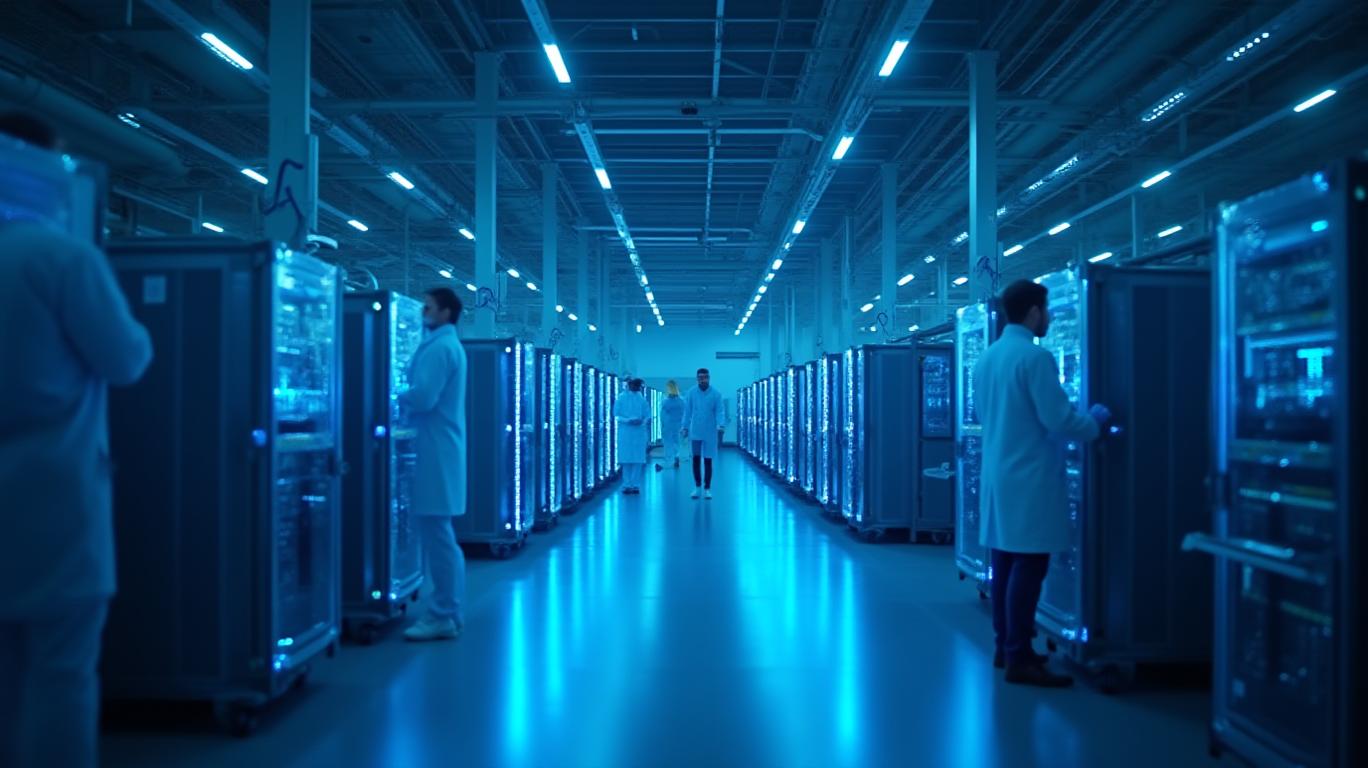Nvidia's Blackwell Roadmap: A Dual-Die Revolution Shakes Up TSMC Dynamics
Nvidia has recently announced a revised roadmap for its Blackwell architecture, which highlights a strategic pivot towards dual-die designs, specifically with the CoWoS-L packaging. This change comes amid an increasing demand for more advanced GPU models, moving away from its previous single-chip focus. The decision marks an emphasis on its 200 and 300 series that leverage a more sophisticated dual-die approach, through CoWoS-L, signaling shifts in demand dynamics and potential impacts on its supply chain partners, notably TSMC.
With the new Blackwell roadmap, Nvidia is prioritizing the production of dual-die GPU models like the GB200 NVL72 in the 200 series and the GB300 in the 300 series. The 200 series will no longer produce the single-die B200A versions which utilized CoWoS-S technology. Instead, Nvidia's push for dual-die products will likely lead to a higher reliance on TSMC’s CoWoS-L technology as it integrates advanced packaging solutions suitable for elevated performance and efficiency requirements.
This strategic shift has caused tremors, particularly affecting suppliers previously dependent on orders tied to CoWoS-S technology. TSMC, which has been a key partner in manufacturing Nvidia's older designs, might experience reduced demand for its CoWoS-S processes as Nvidia transitions. However, this also aligns well with TSMC's long-term strategy to expand CoWoS-L production, a technology that serves high-performance computing needs such as AI and supercomputing more effectively.
As part of this transition, Nvidia has reportedly adjusted its future demand forecasts, reducing the need for CoWoS-S as the market moves towards more integrated and complex GPU designs. This adjustment reflects not a decline in overall demand but rather a realignment with more advanced technology that CoWoS-L represents.
The impact on TSMC is twofold: while there is a potential short-term reduction in orders, especially concerning the older CoWoS-S demand, the overall needs for high-performance solutions such as CoWoS-L could open new growth opportunities. This overall strategic move is seen as aligning with the broader market trajectory towards more efficient, high-performing computing solutions, marking a potentially transformative period for Nvidia and its manufacturing partners.



_442a2dcc1749832873286.jpeg)
_e68fac6d1749831664430.jpeg)






